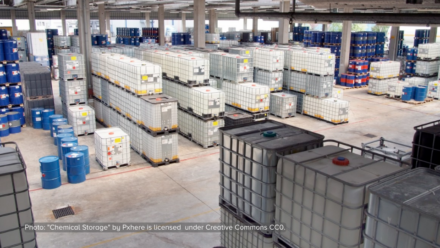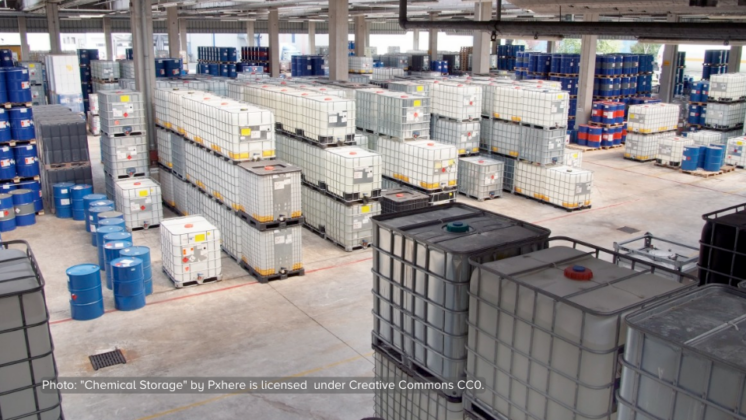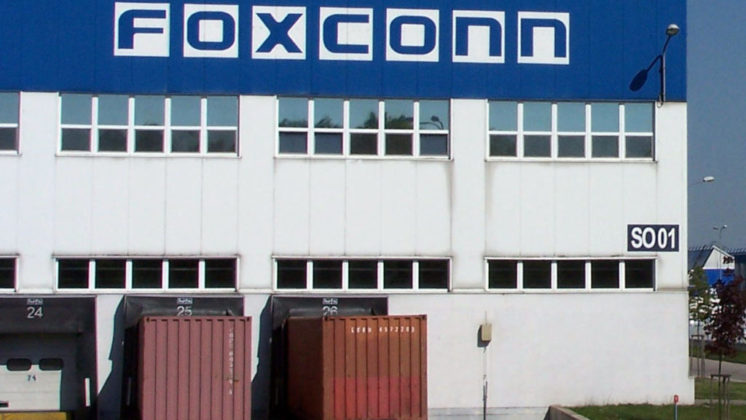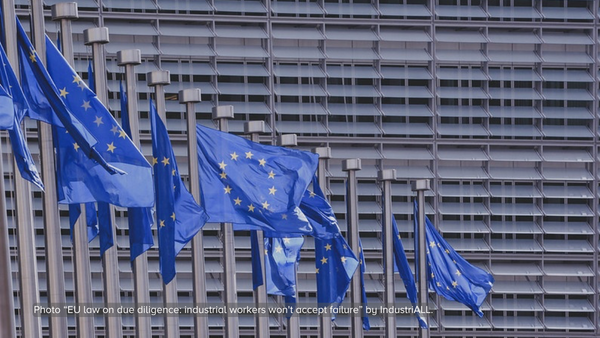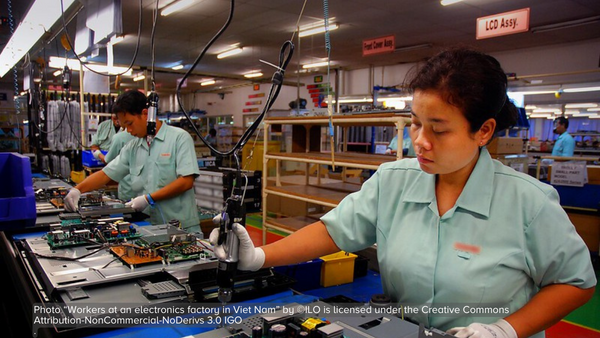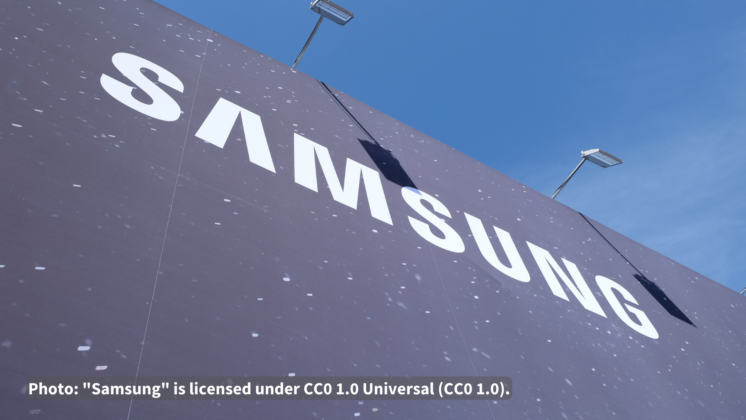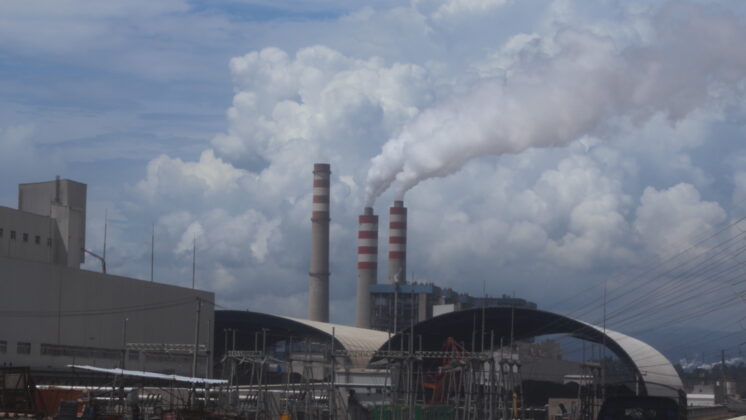The internet is rapidly working its way into nearly every aspect of the modern economy. Long unshackled from our web browser, we now find the internet at every turn, and ready to play a bigger role in our lives with each passing day. Today, the internet is rapidly transforming how you watch TV. Tomorrow, the internet may be driving your car and connecting you to high-definition video from every corner of the planet via your watch.
The internet is rapidly working its way into nearly every aspect of the modern economy. Long unshackled from our web browser, we now find the internet at every turn, and ready to play a bigger role in our lives with each passing day. Today, the internet is rapidly transforming how you watch TV. Tomorrow, the internet may be driving your car and connecting you to high-definition video from every corner of the planet via your watch.
The magic of the internet seems almost limitless. But each new internet enabled magic trick means more and more data, now growing over 20% each year. The emergence of cheap smartphones means that internet traffic from mobile devices will soon exceed what is delivered over wired connections. Global mobile data was estimated to increase by a whopping 69% in 2014, and is expected to maintain its breakneck growth through at least 2019, due to the rapid increase of video streaming to mobile devices and as more of the world’s population gains basic access to the internet via smartphones. The online population topped 3 billion in 2014, and mobile broadband subscriptions are expected to jump to a staggering 7.6 billion by 2020. While there may be significant energy efficiency gains from moving our lives online, the explosive growth of our digital lives is outstripping those gains. Publishing conglomerates now consume more energy from their data centers than their printing presses. Greenpeace has estimated that the aggregate electricity demand of our digital infrastructure back in 2011 would have ranked sixth in the world among countries. The rapid transition to streaming video models, as well as tablets and other thin client devices that supplant on-device storage with the cloud, means more and more demand for data center capacity, which will require more energy to power. The transition to online distribution models, such as video streaming, appears to deliver a reduction in the carbon footprint over traditional models of delivery. However, in some cases, this shift may simply be enabling much higher levels of consumption, ultimately increasing the total amount of electricity consumed and the associated pollution from electricity generation. Unless leading internet companies find a way to leapfrog traditional, polluting sources of electricity, the convenience of streaming could cause us to increase our carbon footprint.
The internet can and must be green
The internet has already enabled positive changes and better lives for people around the world, and has the potential to serve as a critical foundation for sustainable economic growth, but we cannot make the transition to a renewable powered society fast enough to avoid catastrophic climate change unless the internet is also a platform to transition the world toward a renewable energy future. The good news is that a growing number of companies have begun to create a corner of the internet that is renewably powered and coal free, with over a half dozen major internet companies now committed to being 100% renewably powered, including major operators such as Apple, Facebook and Google. Renewable commitments by internet companies have had a big impact in driving renewable power in several key markets, as a growing number of utilities have begun to shift their investments to renewable energy to meet this new demand. A second tier of major data center operators and internet companies have now begun to explore options for increasing their renewable energy supply. While colocation data center operators still lag far behind consumer facing data center operators, several have begun to shift to explore how they can best increase their supply of renewable electricity, as an increasing number of their customers are asking that their cloud be powered by renewable energy.
Holding the green internet back
Monopoly electric utilities which sell electricity that’s powered by mostly coal, and very little renewable energy, are the sole energy providers to several critical data center hubs, which continue to attract significant new data center investment. Prominent examples of such utilities - including Duke Energy (North Carolina), Dominion Resources (Virginia), and Taiwan Power Company (Taiwan) - have all recently established green electricity tariffs to provide a renewable electricity option for their large customers, but they have not yet attracted customers due to their poor design and locked-in price premium, even though renewable energy is increasingly at parity with, if not superior to, traditional sources of generation. These utilities represent the biggest obstacles to building a green internet, and will require collaborative pressure from data center operators and other electricity customers to secure the policy changes needed to open the market up to competitors that offer meaningful options for renewable energy.
Download the full Greenpeace report here.

